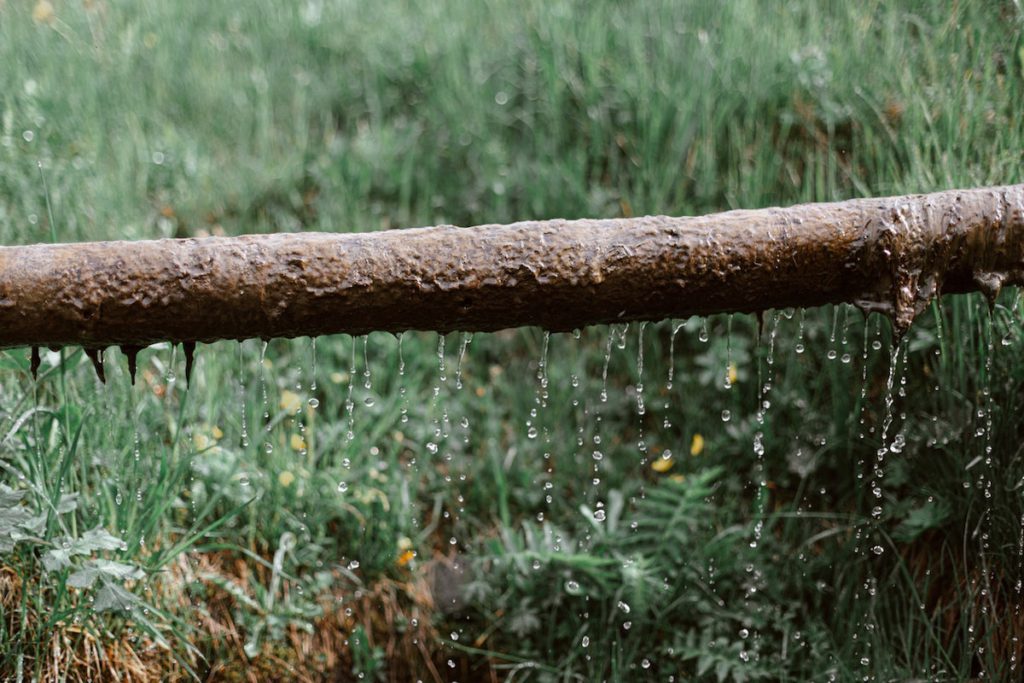Sanitary sewer lines are underground pipes that discharge sewage into sewer tanks or treatment facilities. Since the 70s, PVC (polyvinyl chloride) drain pipes have become popular as alternatives cast-iron pipes. However, the evolution of pipes for residential and municipal sewer systems began around 100 B.C. It was the decree from the Emperor to promote the concept of hygiene that brought awareness for better sewer systems.
How It Started With Sewer Pipe Materials
After the Dark Age, skilful craftsmen have been producing quality materials for collecting sewage. European and Arab cultures have been improving the system of latrine and wastewater drains since the Middle Ages. We can’t ignore these evolutionists that have conducted researches with wood, cast iron, fired clay, plastic, and fibre sewer pipes. Perhaps they learned badly from the poor hygiene culture that brought diseases before the mid-nineteenth century when the few sewer systems that existed then experienced a major blockage.
These diseases were blessings in disguise because we can say that a filthy environment is next to godliness. Water-borne diseases like cholera and typhoid triggered the innovation of early sanitary and drinking water pipes in both Asia and Europe. During the construction of ‘Indus Valley Civilisation,’ the sewer lines were firing clay (brick and mortar) materials. This period was around 2500 BC in Pakistan.
According to European historians, the risk of drinking water contamination necessitated the production of quality sewer pipes. The plumbing industry has seen many revolutionary changes, and it made municipal sewer systems to become more efficient. During the beginning of the twentieth century, cast iron pipes and (fibre conduit) Orangeburg sewer pipes were popular. However, sewer pipes with PEX, ABS, and PVC materials are durable and have high resistance to corrosion.
These pipes come in different diameters and are suitable for transporting sewage. Most modern centralised water sewage treatment systems are reliable because of the quality of sewer pipes and fixtures. Even at home, the installation of high-end sewer lateral pipes helps to increase the functionality of sewage systems. While waste recycling from sewer systems is a beneficial source of nutrients for crops, more people still rely on wastewater treatment plants for survival. So, by promoting the installation of well-designed sewage systems, it will be easy for rural areas to maintain ideal hygiene levels and prevent frequent sewer repair attempts.
The Emergence of Cast Iron Pipes
Brass, steel, and copper pipes are types of cast-iron pipes that were introduced in the 1800s. They have been in existence since the separation of grey-water from sewage and wastewater. Water from washing machines, bathtubs, and showers are called grey-water because they contain different contaminants from sewage. Unlike wastewater and sewage from water-flush toilets, the contaminants from grey-water are less corrosive. Without adding anti-rust coats to the linings of cast-iron sewer lines, the lifespan of these pipes will reduce. Many manufacturers produced cement-lined cast iron as high-quality sewer pipes that can withstand higher water pressure and corrosion.
The Era Of Plastic Pipes
Well-sealed pipes for sewage disposal reduce the risk of spillage and contamination of potable water. Usually, aquatic microorganisms and heavy metals like nitrates, DDT, and phosphates proliferate inside sewer lines and tanks. As the solid particles settle at the bottom of the sewer tank, the liquid wastes convert to pungent sewer gases.
Similar to cast iron sewer pipes are plastic pipe materials. Plastic sewer pipes have the highest corrosion resistance and are lightweight. However, the main drawback with plastic pipes is they tend to deform when exposed to heat and sunlight. Consequently, most manufacturers of sewer pipes have become innovative by using special pigments to protect these plastic pipes from ultraviolet rays and high temperatures.





